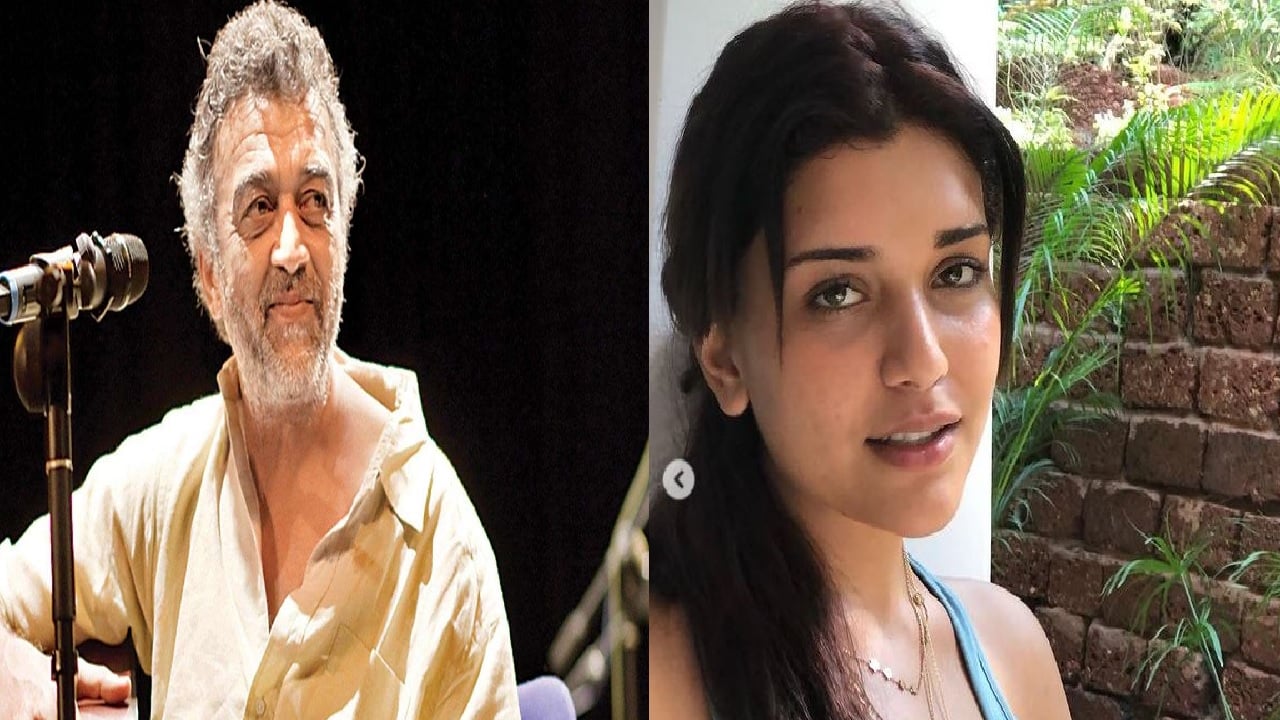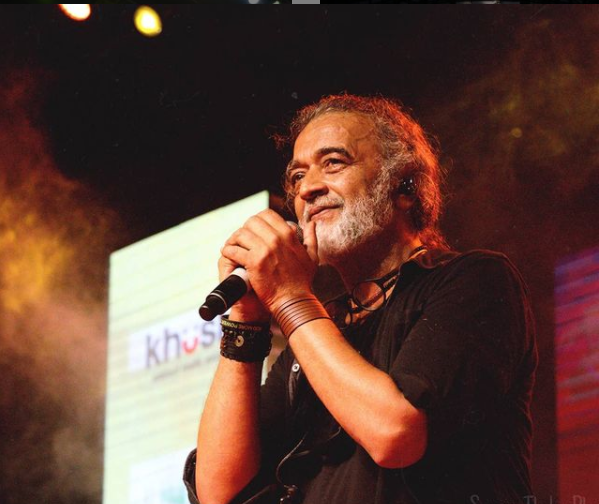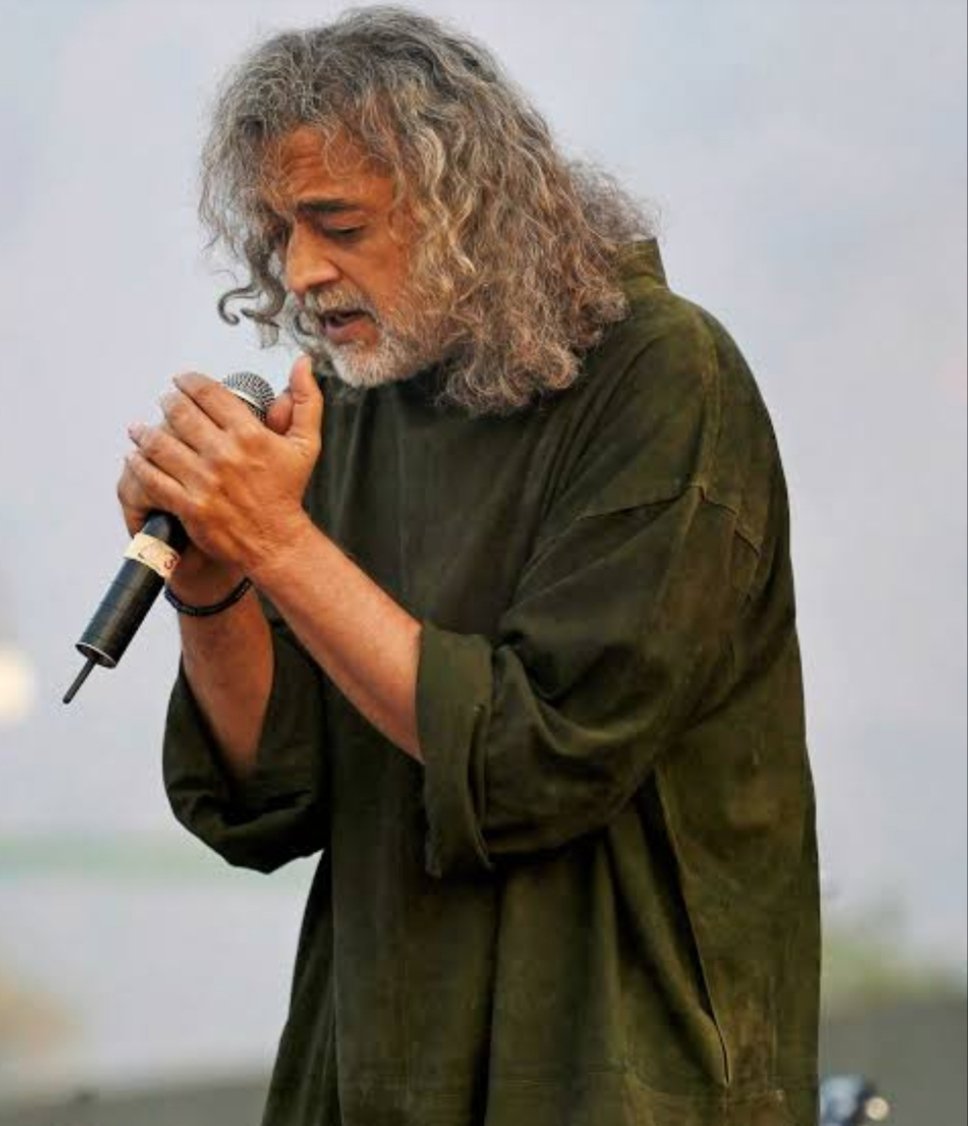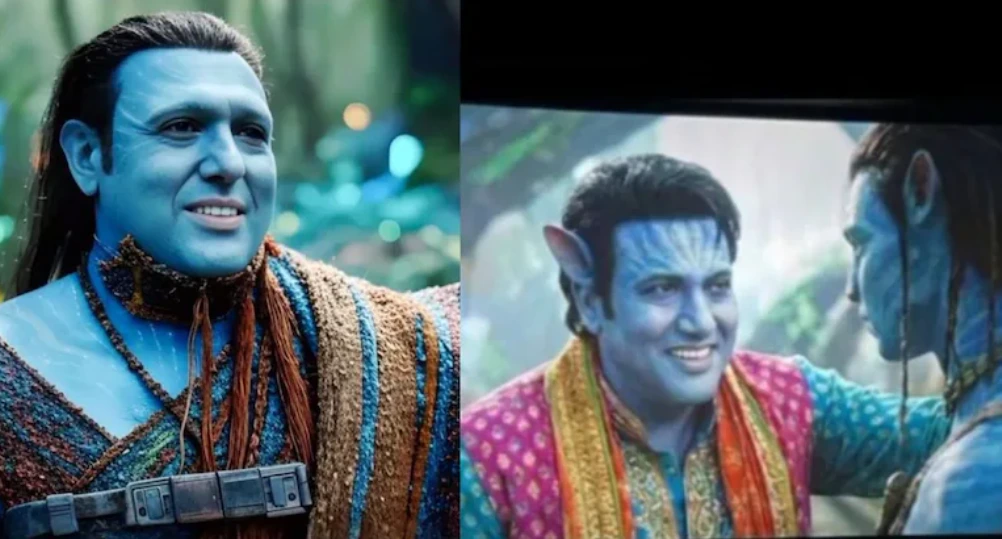Entertainment
Lucky Ali explains what halal is, says it is not for anybody outside of Islam
Recently, Karnataka Home Minister Araga Jananendra said that the government has a limited role to play in the debate over halal since it is ultimately a matter for the people to decide.
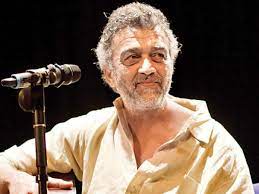
Entertainment
Dhurandhar box office collection crosses Rs 1,000 crore worldwide in 21 days
Dhurandhar has crossed Rs 1,000 crore worldwide within 21 days, becoming the highest-grossing Indian film of 2025 so far.
Entertainment
Govinda’s Avatar: Fire and Ash cameo clips go viral, truth behind the AI-generated videos
AI-generated videos claiming Govinda’s cameo in Avatar: Fire and Ash have gone viral, but the actor does not appear in the film.
Entertainment
The Odyssey trailer: Christopher Nolan unveils first look of epic journey led by Matt Damon
Christopher Nolan has released the first trailer of The Odyssey, offering a glimpse into Matt Damon’s epic journey home after the Trojan War.
-

 Latest world news23 hours ago
Latest world news23 hours agoIndia flags attacks on Hindus in Bangladesh as worrisome after recent lynchings
-

 India News7 hours ago
India News7 hours agoCBI moves Supreme Court against suspension of Kuldeep Sengar’s life sentence in Unnao rape case
-

 India News6 hours ago
India News6 hours agoBangladeshi singer James’ concert cancelled after mob attack in Faridpur
-

 India News6 hours ago
India News6 hours agoOver 2,000 Maoists surrender under Chhattisgarh rehabilitation policy, says CM Vishnu Deo Sai
-

 India News5 hours ago
India News5 hours agoOp Aaghat 3.0: Delhi police arrest over 280 accused ahead of New Year celebrations
-

 India News3 hours ago
India News3 hours agoBJP and Shiv Sena reach broad seat-sharing deal ahead of BMC elections




